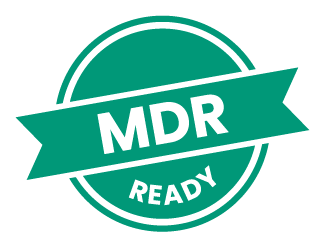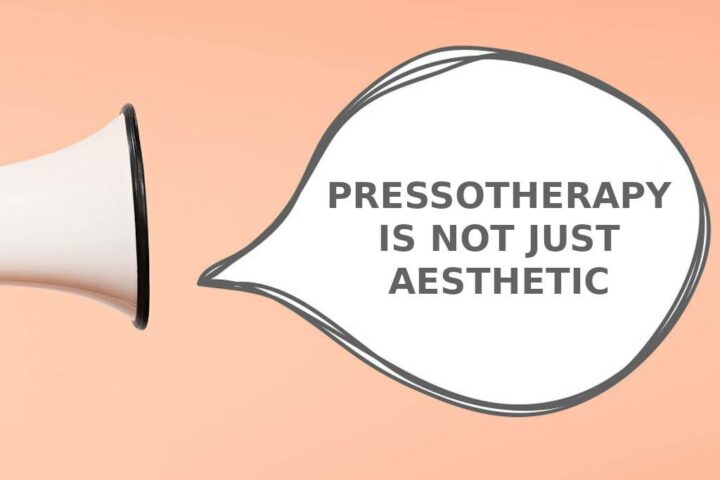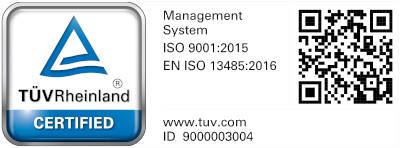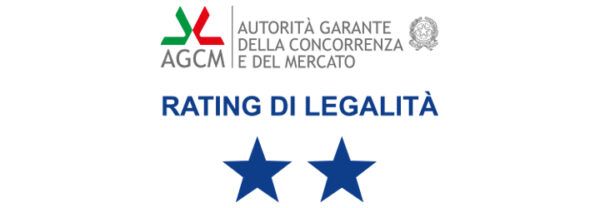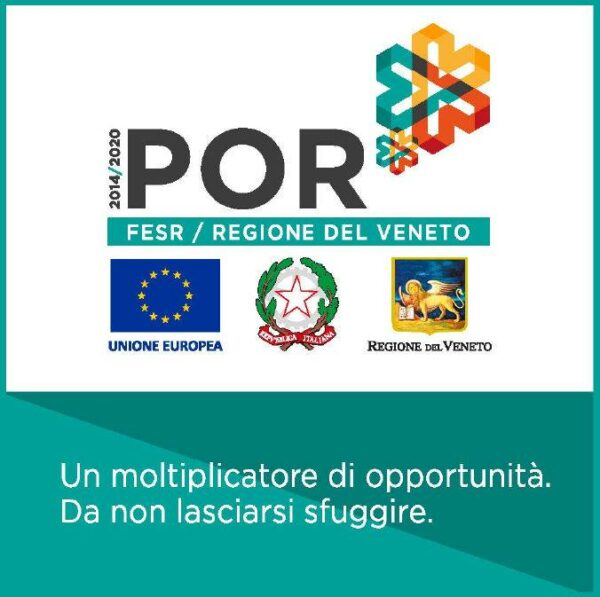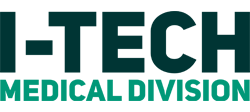In this post, I will explain in an easy way the basic concepts behind the world of pressotherapy, which people can greatly benefit from it, and how it can be done at home as well, not only as a remedy for cellulite.
You will learn that there are professional, easy-to-use, and extremely affordable devices on the market that can help your friends and loved ones with venous insufficiency and lymphatic problems prevent these problems and their aggravation.
This post will be a bit long, but if you have the patience to read it all, I guarantee that you and those close to you will benefit.
Let’s begin!
Pressotherapy, in a nutshell
Pressotherapy is a therapeutic technique that has been around for a great many years, during which time it has been repeatedly analyzed to test its effectiveness and usability. It is not only effective for the treatment of skin blemishes as is mistakenly believed. Instead, it is now recognized by physicians as indispensable for the treatment and maintenance of certain diseases affecting the venous and lymphatic systems. It is, in fact, a therapeutic method used in the medical field to exert compression on the lower and upper limbs and that recalls the movement of massage. This is done through a device that allows the intermittent and sequential inflation of special accessories (applicators) that wrap around the parts of the body to be treated. If you are fascinated by the topic, you can find a specific in-depth discussion on this link: what is pressotherapy and what is it for.
The main benefits, which we will see in detail later, are the reduction in the treated part of stagnant venous and lymphatic flow. This, for example, markedly decreases swelling from edema. Other important benefits are vasodilator and anti-thrombotic action.
For this reason, in this post we will not talk about how to fight cellulite or orange peel skin, but we will try to understand how pressotherapy can help those who have difficulty every day living a normal life. The conditions we will talk about in a moment create severe discomfort and enormous difficulty in walking or moving from one place to another, not to mention the discomfort they cause in sufferers because of the imperfections they entail (e.g., edema).
Keep following.
Goals of the therapy
Pressotherapy mira to relieve the problems of swollen and sore legs, edema, varicose veins, ulcers, etc. caused by venous insufficiency problems. He also deals with diseases of the lymphatic system, called lymphostasis, the most famous of which is lymphedema.
This pathology for example causes the accumulation of fluid and protein in the interstitial spaces of tissues, often deforming the legs that take on an unsightly appearance with columnar swelling, which causes much discomfort to the sufferer
The purpose of pressotherapy is to promote fluid transport within the body, normalizing the venous circulation, removing lymphatic stasis, and thus trying to prevent diseases related to these aspects.
In practice, pressotherapy should replace or support the natural movement of flows affecting venous problems, lymphatic problems, or both simultaneously.
Since the aforementioned flows travel through the lymph vessels and veins, following a path from the periphery of the limb to the heart, the correct cycle of operation is therefore the DISTO-PROSSIMAL one, that is, from the periphery of the body to the center of the body.
The method simulates, in the absence of muscle activity, the diastolic and systolic phases of venous and lymphatic circulation. During compression, the goal is to attempt to remove as much excess water imprisoned in the interstitium as possible with the aim of achieving a reduction in limb volume by increasing centripetal hemo-lymphatic drainage. In addition, if this is not combined with elastocompressive treatment with bandages or elastic stockings after each session, and in the long term, the increase in tissue oncotic pressure will result in a constant reinflow of fluid into the tissues and the reappearance of the condition.

Main therapeutic indications
Below you will find in a very schematic way the list of pathologies involving this therapeutic area.
- Lymphedema
- Edema
- Venous ulcers
- Venous insufficiency
- Muscle recovery
If you find similar issues affecting you and your loved ones in one or more of these conditions, I suggest you continue reading this post, it will certainly be helpful to you in the future.
If you find in one or more of these conditions similar problems that affect you and your loved ones, I recommend that you learn more in this link: Pressotherapy, what it is and what it is used for.
Contraindications
Instead, the main conditions for which pressotherapy is best avoided are listed here:
- People with implantable medical devices;
- People with pulmonary edema, heart problems, phlebocarcinoma, high blood pressure, high fever;
- People with skin diseases or damage, such as burns, dermatitis, sores, purulent wounds, malignant tumors, etc;
- People undergoing skin surgery in the treatment area;
- people with severe circulation disorders, such as hardening of the arteries, angina, previous heart attack, etc;
- People in whom blood clots are suspected;
- People with severe deformities or wearers of prostheses (or other synthetic means) in the area of use;
- Immediately after undergoing surgery for the treatment of varicose veins;
- Patients who have just undergone surgery, pregnant women, children;
Now for a moment of self-promotion. If you find this post helpful, please share it with your friends and people who might need it. I would be infinitely grateful!
Therapeutic benefits of pressure therapy
Without going into too much scientific detail, it is important to mention that proper use of pressotherapy through professional medical devices brings several benefits. These have been demonstrated experimentally over the years and recently also through a dedicated clinical study done precisely with our I-Press.
Among the main ones:
At the biochemical level, endothelial cells release substances that promote anti-thrombotic, vaso-dilator, and pro-fibrinolytic action in the area undergoing therapy.
Fluid displacement brings an increase in the speed of blood flow (venous and lymphatic) by reducing the processes of stagnation and retention.
Due to the increase in interstitial pressure, lymphatic load is reduced, lymph flow rate is increased, visibly reducing edema.
Still on the subject of therapeutic benefits, as mentioned above, I briefly tell you about a clinical study that came out recently and was performed with our I-Press. It clearly demonstrates the excellent results that can be achieved with pressotherapy for home use.
CLINICAL STUDY WITH I-PRESS
Published in 2023, this was done to evaluate the effectiveness of intermittent pneumatic compression on lower extremity edema and physical outcomes in patients after total hip arthroplasty, compared with conservative treatment.
The 47 patients who took part in this study were randomly divided into two groups: one group was treated with standard therapy for venous thromboembolism (drug therapy, compression stockings, and electrostimulation) while the other group also added pressotherapy to this therapy .
The results take into account thigh and calf circumferences, knee and ankle range of motion, pain, and walking range of motion and demonstrate that pressotherapy is a viable and efficient option for the management of lower extremity edema!
In fact, although the results for the two groups were all in all similar, patients treated with pressotherapy showed greater reduction in thigh and calf circumferences, showing greater effectiveness in treating edema by combining standard therapy and pressotherapy.
Duration of the session
Treatments range from 20 minutes per session of muscle recovery to 60 minutes for venous insufficiency . The total number of sessions can vary considerably depending on the type and degree of pathology, indicatively however a daily therapy to be effective will be at least 30 days but in this case it will be your doctor who will give you specific directions!
However, the daily cadence of the sessions is essential to have effective results on fluid drainage, and they must also be supported by other medical aids such as the use of elastocompressive stockings, bandages, and drug therapy (as reported in the study).
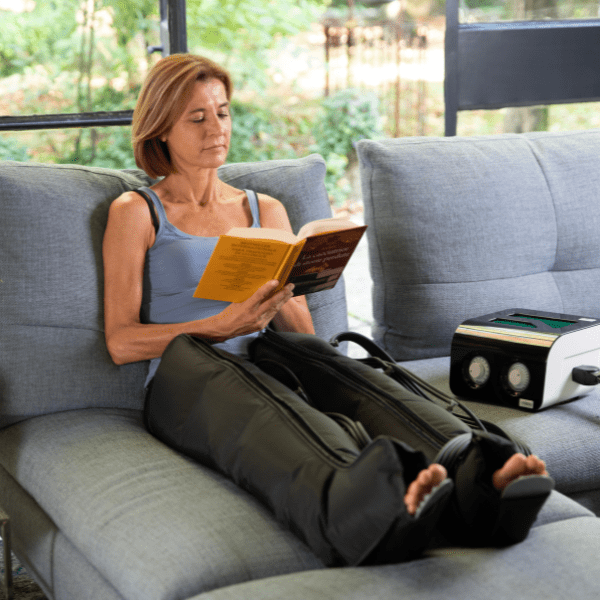
Home pressotherapy: 3 factors to consider
We have almost reached the end of this post, but this is definitely the most important part, because the information I have provided so far is in the public domain and readily available on the Web.
Instead, we will now make special considerations together about what are the key aspects and benefits you can get from doing pressotherapy at home. We will understand together what features a home device must have in order to be used by “normal” people (not health professionals).
I think there are basically 3 most important factors to consider:
1.Reliability of the device
You need to use medical devices that are guaranteed and safe, and to be sure you have made the right choice, you need to check for CE marking. In addition, it is best to know the manufacturer and be sure that the pre and after sales support is reliable and of a high standard.
2. Ease to use
Often those affected by certain diseases are people of a certain age who are unfamiliar with technology or otherwise have no experience in using medical devices.
Fortunately, there is home therapy equipment on the market that does everything automatically. All the patient or family caregiver needs to do is to set the treatment time and the desired pressure level, which as mentioned earlier must usually be well below the maximum allowable value.
Once the parameters are set, the rest is up to the device.
With this in mind, virtually anyone is able to use it.
3. Affordable price
For a very good device that meets all the points I have mentioned you start at just over 500€, like our I-Press in the configuration with a legging. I know, it’s not peanuts, but it is an infinitely lower cost than models of the past. More importantly, it is quickly amortized if you think about the average cost of a session in a specialized center.
Perks of pressotherapy at home
I could write a whole post on this but I will just tell you the main benefits:
1. Consistency in therapy
We saw earlier that in addition to the use of other principals, the constant, daily use of this therapeutic approach is essential. Obviously staying at home will make it much easier to be able to meet this commitment.
2. No difficulties for patients with walking problems
On this point, it is enough to think about the type of pathologies mentioned, the age of the patients, and the difficulty (sometimes impossibility) of moving, especially for long distances. “At home” this problem is absent or drastically reduced.
3. Therapy from the comfort of home
Not everyone lives in the city center and not everyone has a specialized center within a few miles of home. Not to mention that not everyone has the ability to use a car or transportation, and travel expenses are an important part to consider in the overall budget. Being able to have therapy without having to travel is a huge advantage.
4. General well-being and less discomfort
Another great advantage of owning a home pressotherapy machine is that it can be used to greatly increase our overall health. Preventing or relieving some physical discomforts, such as cellulite, that burden us every day. Are you an office worker and sit at your desk all day? Are you a salesperson who is always on your feet from morning to night? Are you overweight and do not play sports or even walk very little?
One or more sessions will help you restore proper drainage of body fluids, reactivating all circulation. You will take away all discomfort such as tired, swollen legs, tingling from poor circulation, water retention, etc.
Another very important aspect is related to intimacy: think of all those people with lymphedema in a very advanced state, perhaps overweight. Having to go out and have therapy in a public facility may make them feel uncomfortable. Treating themselves in a family environment, on the other hand, makes it easier and more peaceful.
To recapitulate, let us then go on to list the main clinical benefits of pressotherapy with I-PRESS:
-diminution of pain;
– Improved functionality and increased mobility;
– Improvement of the healing process and clinical recovery;
– Improving the quality of life.
I am sure you now see pressotherapy with different eyes.
We are done! Have I been helpful to you? Meanwhile, thank you 1000 for reading my post. If you think this little guide can help someone learn more, please share it!
Remember to link the article “Pressotherapy for lymphedema” when it is published
Bibliography:
- https://pubmed.ncbi.nlm.nih.gov/37373857/

